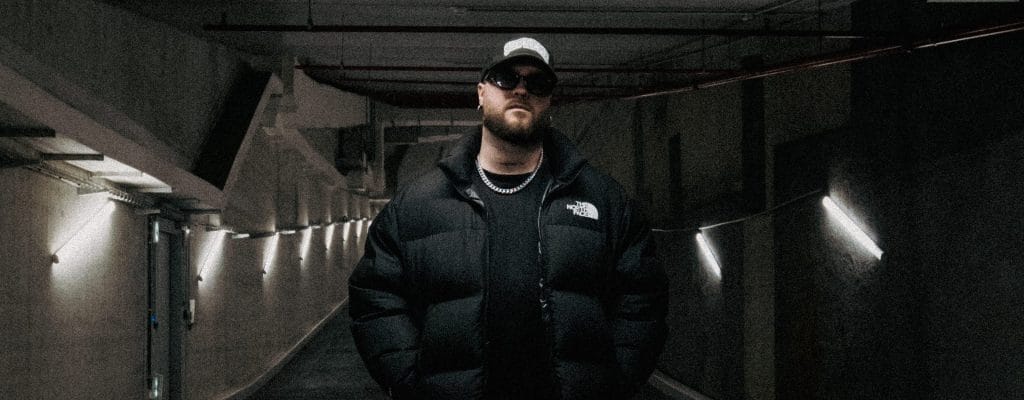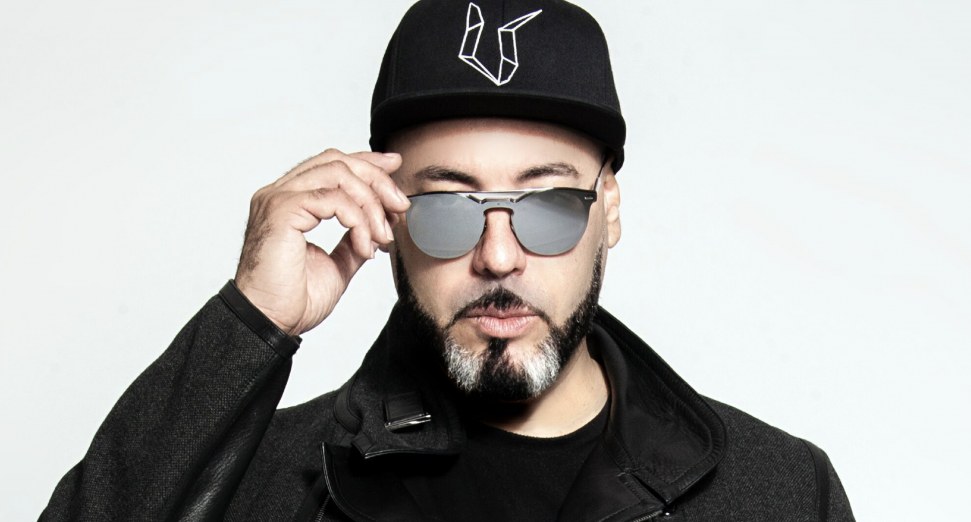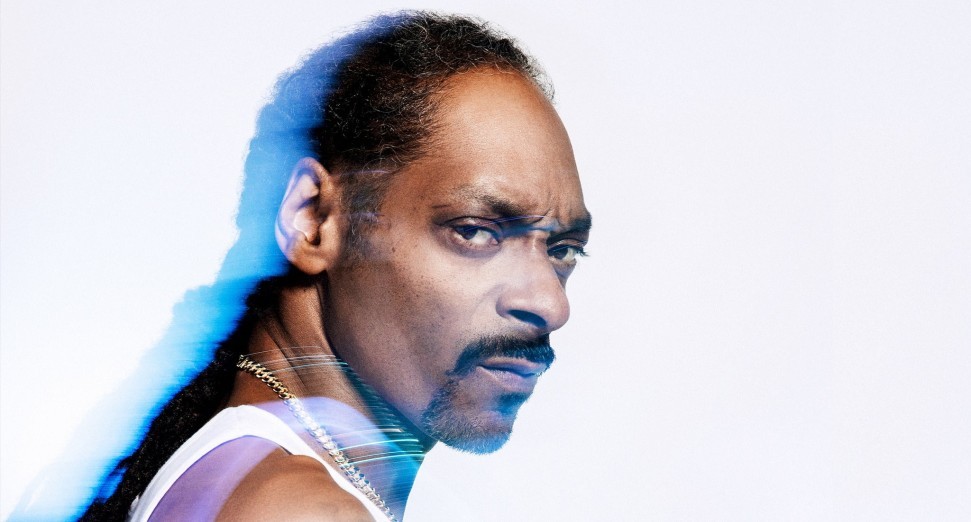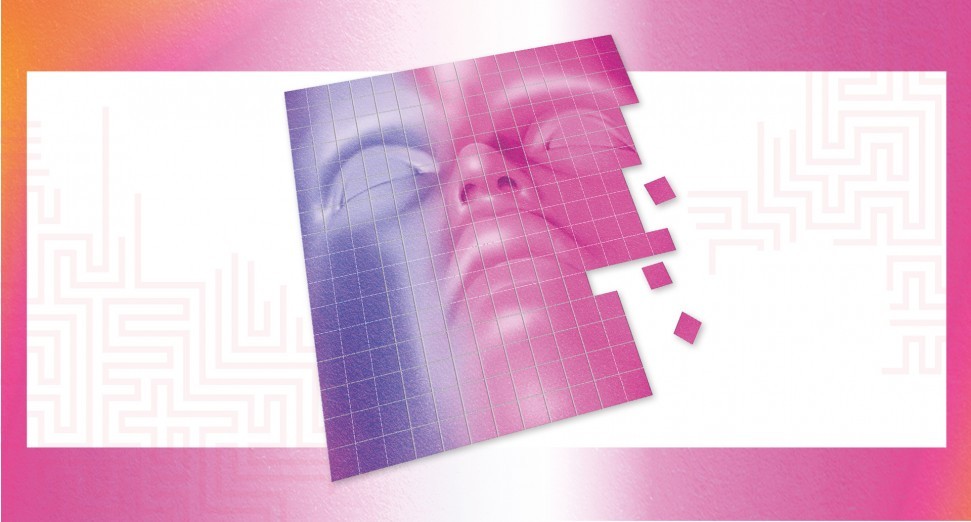
Inside Tony Romera’s Studio Mindset and Why He Never Stops Listening
Tony Romera’s latest single Time To Move drops via Toolroom and lives up to its name: it’s a high-octane fusion of 80s flavor, modern club punch, and that unmistakable bounce that’s become his signature.
Already a standout moment in his Miami sets this year, the track lands at a time when Romera’s sound is stretching across Solid Grooves, Insomniac, and his own imprint House Delivery—making this a moment of serious momentum.
In this conversation, Tony breaks down how his approach to listening evolved from mimicking Daft Punk as a kid to becoming a producer whose music is as detail-driven as it is dancefloor-tested. He talks about his early days on French production forums, the ADHD-adjacent hyperfocus that’s shaped his ear, and why today’s new producers are sharper listeners than ever before.
How did your understanding of listening change as you became a producer?
I’ve always been fascinated by the details in music.
I remember being nine years old, listening to Daft Punk’s Discovery, trying to figure out how they created those sounds. Later, when I started producing and exploring DAWs, I realized that anything was possible.
My approach to listening shifted—I wasn’t just enjoying tracks anymore; I was dissecting them.
I began trying to recreate what I heard at home, though for years it felt impossible. Back then, there were no YouTube tutorials, so I connected with other French producers on forums. We’d share tips, attempt to replicate sounds, and troubleshoot together. It was a fun, collaborative time that genuinely helped develop my critical listening skills.
What have you learned about the difference between hearing and actually listening?
These days, I struggle to simply hear music—I’m always actively listening to it, focusing on the details.
The only time I’m just hearing music is when it’s in the background while I’m talking to someone. But even then, I often get distracted, losing track of conversations because my ears are locked onto the music. It can be a real issue—I’ve even heard it might be linked to ADHD.
What role does listening play in shaping your creative direction before you ever open a DAW?
Listening is absolutely crucial—probably the most important part of my creative process. I make a point of listening to a wide range of genres in different environments—whether I’m on a plane, driving to the studio, or just relaxing.
It sparks ideas, even if they’re not directly related to what I’m hearing. Sometimes a track will trigger a memory or a vibe I want to capture, while other times it’s about hearing a specific sound or texture I want to recreate. I also love revisiting old tracks from 2008 to 2010.
That nostalgia has a way of inspiring me, bringing out fresh ideas.
How has your approach to listening evolved over time — and what drove that evolution?
Over time, my ears have become more sensitive to details.
The more I train them, the more I can pick out subtle elements in a track.
More importantly, I’ve gotten much better at recreating those sounds in my own music, which is always a satisfying challenge. That evolution has been driven by experience—spending hours in the studio, experimenting, and listening to new music every day.
When you’re trying to grow creatively, what kind of listening actually moves the needle?
Exploring different genres is a game-changer.
It forces me out of my comfort zone and helps me experience music from fresh perspectives. Even if a style isn’t something I’d typically produce, there’s always something to learn—a rhythm, a texture, or even just a mood—that can spark a new idea.
How do you know when you’re listening with intention versus passively absorbing?
Honestly, I wish I could passively absorb music more often. But that almost never happens—unless I’m completely out of it at the end of a party where I’m not playing. Otherwise, my brain is always in analysis mode.
What do you think most newer producers misunderstand about the act of listening?
I actually think newer producers understand the importance of listening better than ever.
With access to countless tutorials, breakdowns, and a huge variety of music, they’re already paying close attention to details and learning a lot through critical listening. That’s why the new generation is coming up with some genuinely fresh and exciting ideas.



